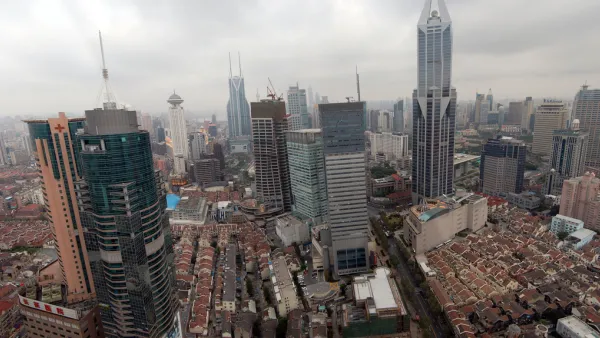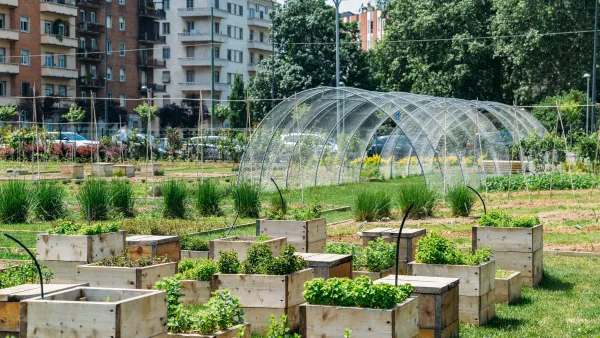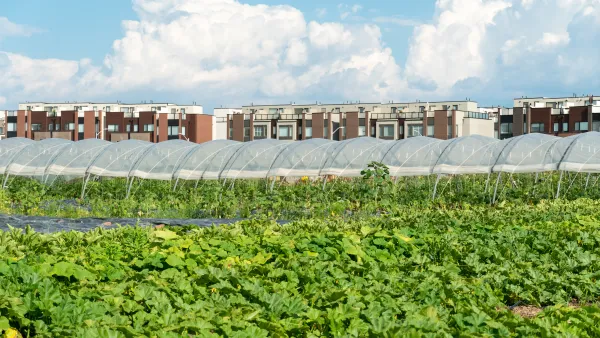Urban farming provides opportunities to increase food security in addition to other benefits.

This article features the many urban farms within the Pittsburgh area and the wide variety of advantages urban farming can bring to the city. Primarily, urban farms are created to address hunger and food insecurity. However, Dani Lamorte’s reporting highlights the multiple co-benefits that urban agriculture can bring to the city and its residents, including outdoor social space, mitigation of urban heat islands, reduction of the carbon footprint, reduction of food deserts, strengthening of food distribution networks, increasing neighborhood aesthetics, and providing opportunities for education and economic development.
The article also highlights the need for transparency and clarity in urban agriculture operations. City officials may be unaware of laws or codes pertaining to urban farming, which can impair critical conversations between the urban farmers and the city, negatively impacting urban farms. There are also far fewer Black-owned and operated farms (92) than white-owned and operated farms (89,328) within Pennsylvania, signaling a large racial discrepancy. Additionally, gentrification and a lack of connection to agriculture and the environment are critical issues in urban farming.
Productive landscapes such as urban farms can have significant positive impacts on their communities. This article serves as a call to action for a better understanding of urban agriculture to planners, city officials, and communities who can encourage urban farms in spaces where they can have long-lasting impacts and strengthen communities in need. They can be a vital resource for basic human rights, increase local food production and food security, and improve community and individual health.
FULL STORY: Urban farms in Pittsburgh can feed a hunger, if they’re allowed to grow

National Parks Layoffs Will Cause Communities to Lose Billions
Thousands of essential park workers were laid off this week, just before the busy spring break season.

Retro-silient?: America’s First “Eco-burb,” The Woodlands Turns 50
A master-planned community north of Houston offers lessons on green infrastructure and resilient design, but falls short of its founder’s lofty affordability and walkability goals.

Delivering for America Plan Will Downgrade Mail Service in at Least 49.5 Percent of Zip Codes
Republican and Democrat lawmakers criticize the plan for its disproportionate negative impact on rural communities.

Test News Post 1
This is a summary

Test News Headline 46
Test for the image on the front page.

Balancing Bombs and Butterflies: How the National Guard Protects a Rare Species
The National Guard at Fort Indiantown Gap uses GIS technology and land management strategies to balance military training with conservation efforts, ensuring the survival of the rare eastern regal fritillary butterfly.
Urban Design for Planners 1: Software Tools
This six-course series explores essential urban design concepts using open source software and equips planners with the tools they need to participate fully in the urban design process.
Planning for Universal Design
Learn the tools for implementing Universal Design in planning regulations.
EMC Planning Group, Inc.
Planetizen
Planetizen
Mpact (formerly Rail~Volution)
Great Falls Development Authority, Inc.
HUDs Office of Policy Development and Research
NYU Wagner Graduate School of Public Service





























